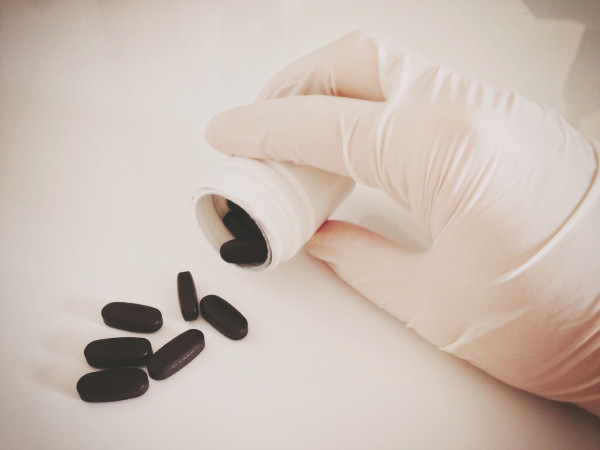The goal of most therapies and drugs in the developmental pipeline is to eventually be used to treat human disease. This involves clinical trials, in which the potential treatment is tested against either the current standard of care, a placebo, or no treatment at all. It’s a long and difficult process to get through to use the drug in humans—it starts first with research in the lab to gain a better understanding of how the drug works. Tests are often done in animals prior to humans to see how the drug is absorbed and broken down in the body and to look for possible toxicity. Both efficacy and safety must be proven in multiple phases before FDA approval can be obtained.
Drugs commonly take several years before they are FDA-approved and allowed to be sold to the public.
Image Source: Daniel Hurst Photography
While drugs are usually developed in order to treat a certain disease, it’s not uncommon that a drug is found to be ineffective for that disease but a good treatment for a different ailment altogether. It isn’t easy to push new treatments into the hospital; the human body is complicated! Success stories such as Gleevec, a cancer drug first approved to treat chronic myelogenous leukemia, are fairly rare. For every 5,000 to 10,000 drugs in development, perhaps one will be used in humans. Even with promising drugs that make it to the first stage of clinical trials, only 10% gain FDA approval.
This benefits the patients too, as they’ll have access to promising new treatments through clinical trials. This is a step in a good direction—it’s easy to get caught up in just doing research and looking at biochemical pathways and targets without thinking about how this can really be used to benefit humans. The point of developing new drugs and treatments is, after all, to go from the laboratory bench to the bedside.
Feature Image Source: Health Gauge










